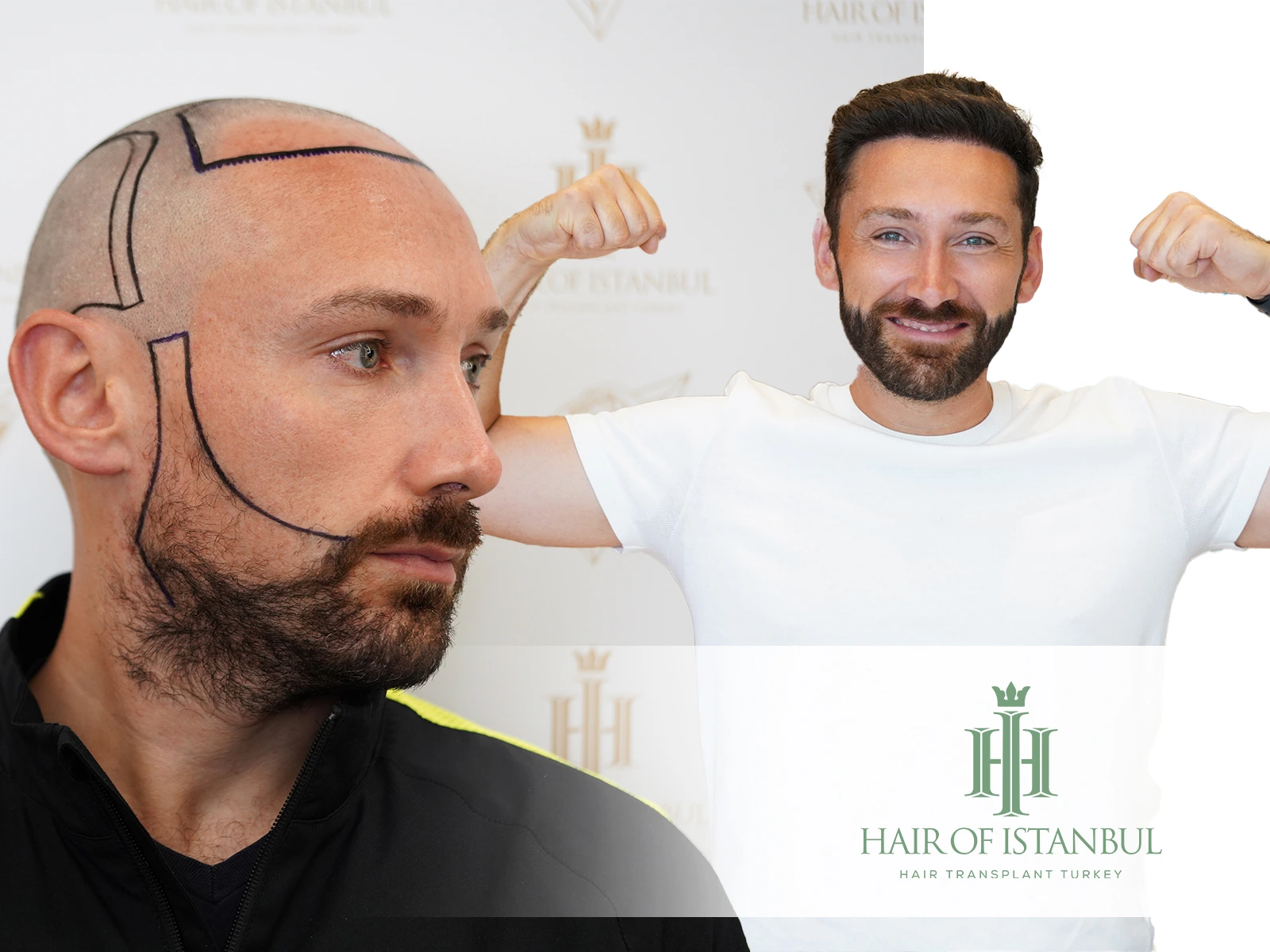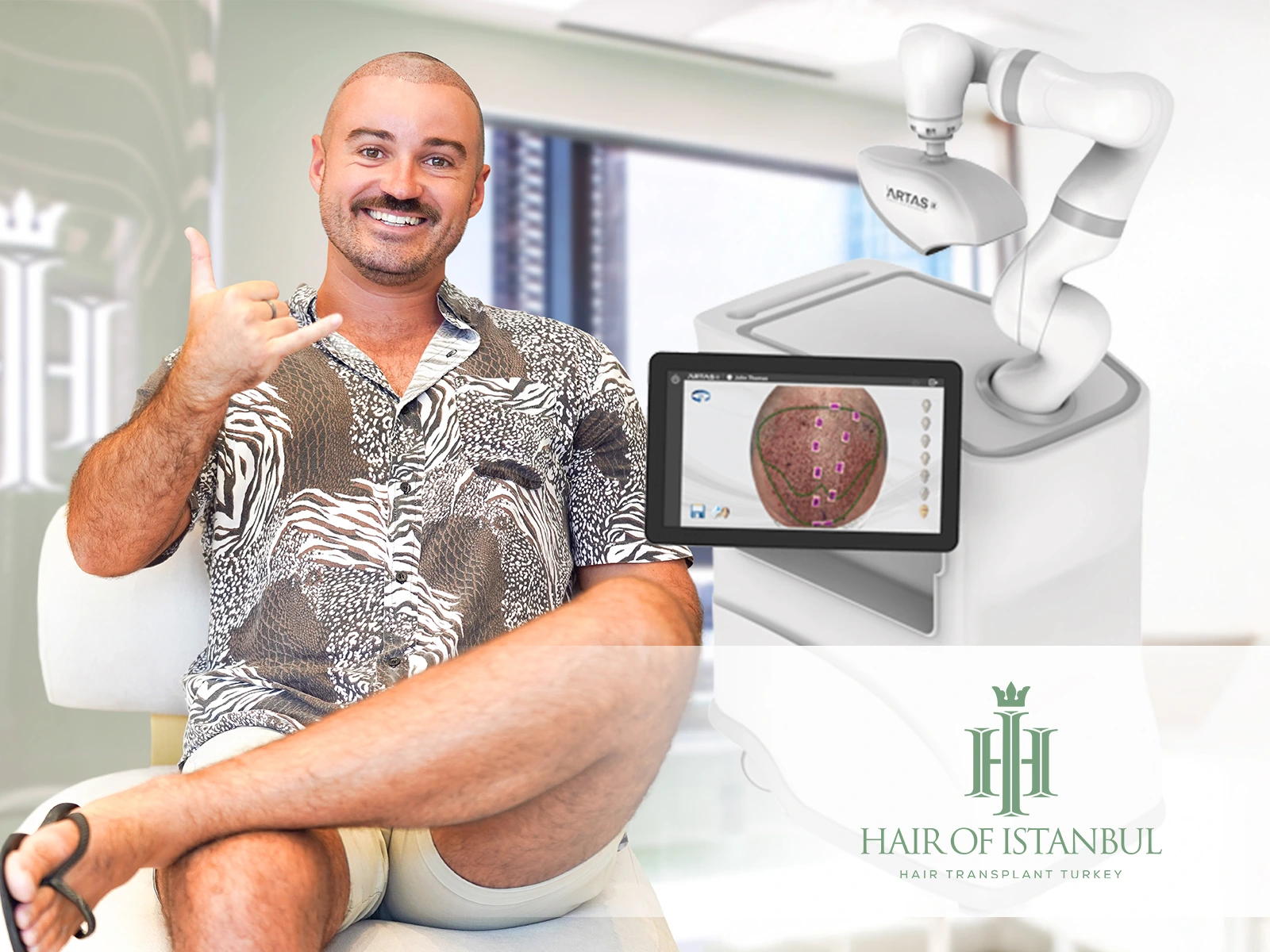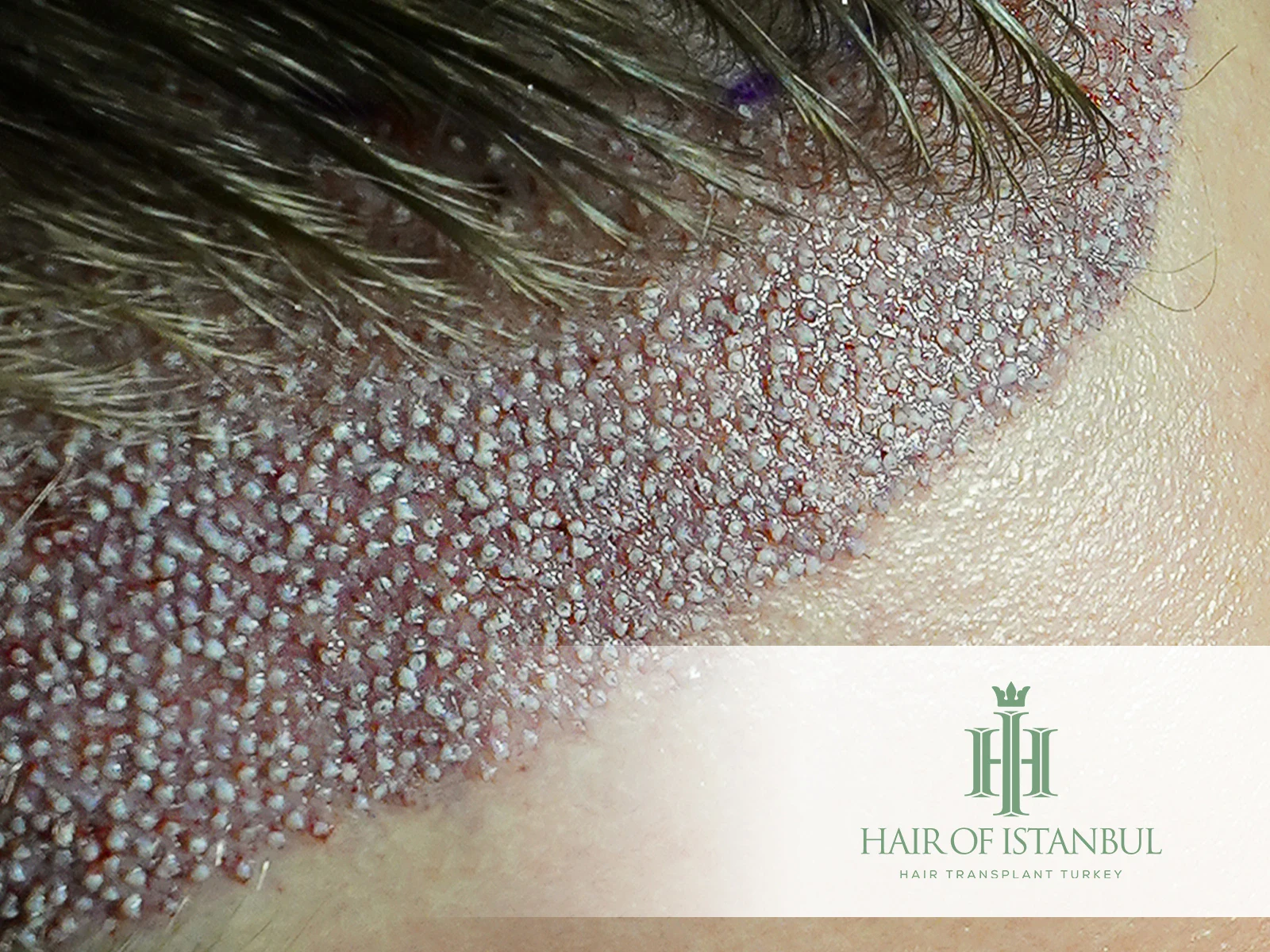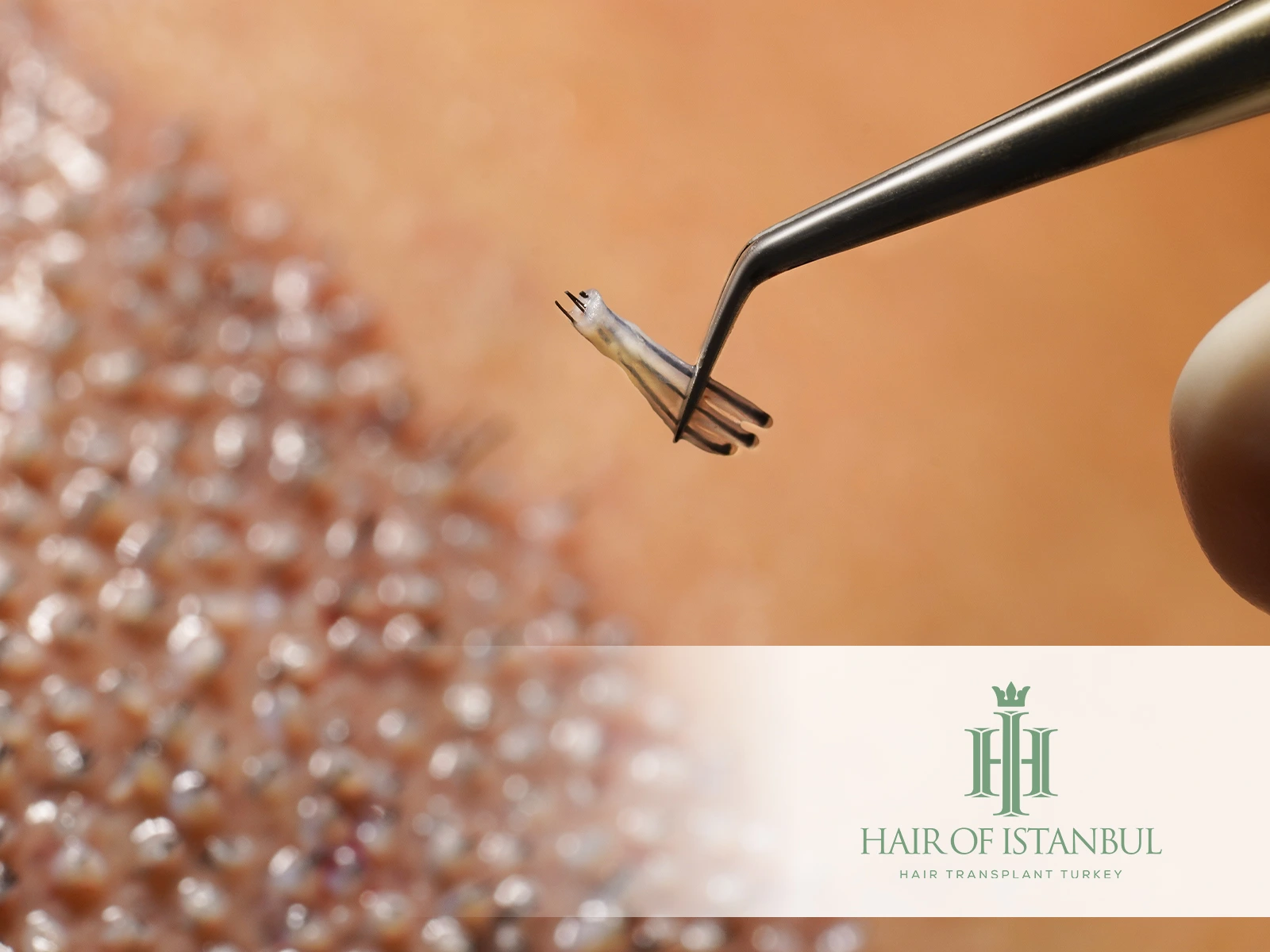Failed Hair Transplant: Causes, Solutions, and Preventions
Taking the step towards a hair transplant can be an exciting decision, offering hope of restored confidence and an improved self-image. However, it’s crucial to understand that not every procedure goes as planned. Sometimes, an unexpected outcome, namely a hair transplant that didn’t achieve the desired results, can occur.
This article will explore the various reasons behind these unsuccessful procedures, shedding light on the potential causes that can lead to a disappointing hair transplant outcome.
Furthermore, we will navigate through possible solutions to address such issues and preventative measures that can be taken to reduce the risk of an unsuccessful hair transplant. By the end, you will be better equipped with the knowledge to make informed decisions about your hair restoration journey.
What Are the Chances of Failed Hair Transplant?
The possibility of a hair transplant failure varies significantly based on the choice of the clinic and expertise of the surgeons involved. It is crucial to understand that renowned clinics with experienced surgeons have a considerably lower hair transplant failure rate. Statistics suggest that this failure rate can be less than 2%, contingent upon various external factors.
However, the odds change dramatically when less attention is paid to the clinic selection process. If the clinic or the surgeon lacks the requisite expertise or experience, the failure rate can skyrocket to as much as 20%. This situation brings forth a considerable risk for the patient, both physically and emotionally.
The Main Reasons of Failed Hair Transplants
Hair transplant procedures have high success rates, however, there are instances when they fail. The failure can be attributed to a variety of factors. Understanding these factors can assist individuals in taking the necessary precautions to ensure a successful transplant.
Graft Rejection
In some rare cases, a failed hair transplant could be due to graft rejection. This typically manifests as implanted hairs showing no growth. One of the main causes of graft rejection is a disease called Lichen Planopilaris, which causes inflammation at the top of the hair follicles, leading to hair loss and preventing the graft from taking root. [1]
Improper Handling of Grafts
Improper handling or preservation of the extracted grafts can lead to their damage. Damaged grafts will not grow, leading to a failed hair transplant.
Inadequate Post-Operative Care
Proper aftercare is critical in the success of a hair transplant. Neglecting post-operative care instructions, like avoiding exposure to sunlight, rigorous exercise, or failing to maintain hygiene can lead to complications such as infections, which may cause the transplant to fail.
Inexperienced Surgeon
The surgeon’s expertise plays a vital role in the success of the hair transplant. Inexperienced surgeons may lack the necessary skills to correctly implant the hair follicles, leading to a failed procedure.
Poor Donor Area Quality
The quality of the donor area (usually the back of the scalp) is crucial. If the hair follicles in the donor area are weak or unhealthy, it may result in unsuccessful transplantation.
Underlying Health Conditions
Certain health conditions, such as uncontrolled diabetes or blood clotting disorders, can affect the healing process and the success of a hair transplant. It’s vital to disclose complete health history to the surgeon before the procedure.
Unrealistic Expectations
Another contributing factor to perceived failed hair transplants is the presence of unrealistic expectations. It’s crucial to understand that a hair transplant procedure can significantly improve one’s appearance but may not perfectly restore the full, youthful hair density some patients may expect.
The extent of the success can depend on factors such as age, hair quality, and the extent of hair loss. It’s essential for patients to have a thorough discussion with their surgeons about what to realistically expect from the procedure to avoid disappointment and perceived failure.
Also Read: Does Vaping Cause Hair Loss? Separating Fact from Myth!
When & How Do You Know If A Hair Transplant Failed?
Identifying a failed hair transplant can be a complicated process as it requires time for the transplanted hairs to grow. Generally, it takes about a year to fully evaluate the success of a hair transplant. However, there are some early signs that might indicate a possible failure.
It’s important to remember that individual experiences vary, and if any signs of complications arise, it’s crucial to seek immediate medical attention.
Signs of Failed Hair Transplant
There are a few signs that might indicate a hair transplant has not been successful. This can include continuous hair loss, unnatural hair growth, and infections. However, only a healthcare professional can accurately diagnose a failed hair transplant. Let’s look at these signs more closely.
| Persistent Hair Loss | If the transplanted hair continues to fall out for more than a few weeks, it might indicate a problem. It’s normal to experience some hair loss after a transplant, but it should typically stop after a few weeks. |
| Unnatural Hair Growth | The transplanted hair should grow in a direction that matches the surrounding hair. If it does not, it might be a sign of a failed transplant. |
| Visible Scars | Although some scarring is normal, large, visible scars might indicate that the procedure wasn’t successful. |
| Infections | Infections, while rare, can occur after a hair transplant. They can cause severe hair loss and might be a sign of a failed procedure. |
| Numbness or Tingling | Persistent numbness or tingling at the transplant site could indicate nerve damage and potential failure of the transplant. |
Failed Hair Transplant Photos
Seeing is often believing, and when it comes to understanding the consequences of a failed hair transplant, photographs can provide powerful insight. The following “Failed Hair Transplant Photos” serve as a visual guide to potential outcomes when a hair transplant procedure doesn’t go as planned.
These images underscore the importance of choosing an experienced and reputable clinic, as well as following post-operative care instructions carefully.
Also Read: Is the Sun Good for Your Hair? Find Out How It Truly Affects It!
What to Do After a Failed Hair Transplant?
In some cases, the reason for the failure could be due to technique used in the first transplant. There are two main methods for hair transplantation: Follicular Unit Transplantation (FUT) and Follicular Unit Extraction (FUE). If FUT was used, the surgeon might suggest a secondary procedure using the FUE method, which can yield better results for some patients.
Additionally, it’s crucial to discuss your post-operative care routine with your doctor. Proper care after the surgery plays a significant role in the success of a hair transplant.
Can Failed Hair Transplant Be Fixed?
While a failed hair transplant can be disheartening, it’s important to know that in many cases, it can be fixed. The approach to correcting a failed hair transplant depends on the underlying cause of the failure.
If the issue was with the FUE or FUT method employed in the initial transplant, a skilled surgeon might be able to correct the issue with a revision hair transplant. This can involve using the other technique or refining the original technique.
However, correcting a failed hair transplant can be a complex process that requires a high level of skill and experience. Hence, it’s crucial to consult with a surgeon who specializes in corrective hair transplant surgeries. Remember, patience is key as the healing process can take time and the results may not be immediately apparent.
Also Read: Is It Normal to See Scalp When Hair Is Wet? Am I Balding?
FAQ
Can you sue for failed hair transplants?
If a hair transplant procedure doesn’t meet the expected results, it can lead to feelings of disappointment and distress. In severe cases, where individuals may feel like their “hair transplant ruined my life,” there may be grounds to sue for malpractice. It is crucial to consult with a lawyer to explore legal options. [2]
Is it normal to lose grafts after hair transplant?
Some hair shedding post-transplant is expected as part of the healing process. This is often referred to as “shock loss.” However, the lost hair generally regrows within a few months.
Do people regret hair transplants?
Regret after a hair transplant is not common but can occur, especially if the results do not meet the patient’s expectations. This underscores the importance of setting realistic expectations and choosing an experienced surgeon. [3]
Can people tell if you have a hair transplant?
A successful hair transplant should blend seamlessly with the surrounding hair, making it difficult for people to tell. However, this largely depends on the skill and experience of the surgeon.
Is it normal to have no result after 6 months of hair transplant?
Six months post-transplant, results might not be fully visible yet. Complete growth typically takes between 10 to 12 months. However, if no growth is observed by this point, consultation with the surgeon is advised.
Why don’t you lose transplanted hair?
Transplanted hair, taken from the back of the scalp, is resistant to the hormone that causes hair loss. Therefore, once the transplanted hair grows, it is typically permanent.
Why is my hair growth so slow after hair transplant?
Slow hair growth can occur due to factors such as poor nutrition, lack of proper aftercare, or underlying health conditions. It’s important to discuss this with your doctor if you’re concerned about slow growth.
What happens 10 years after hair transplant?
A decade after a hair transplant, most patients still enjoy the benefits of the procedure. However, natural aging and genetic predispositions might lead to further hair loss in non-transplanted areas.
How much does hair grow after 7 months of hair transplant?
By the seventh month post-transplant, around 70% to 80% of the transplanted hair should have grown out. However, individual growth rates can vary.
The Best Ways to Avoid Hair Transplant Failure
To minimize the risk of hair transplant failure, it’s crucial to understand and follow several preventative measures. The success of a hair transplant largely depends on both the quality of the medical care you receive and your actions before and after the procedure.
| Adequate Research: | Spend time researching different clinics, surgeons, and the techniques they use. Look for reviews and before-and-after photos. |
| Comprehensive Consultation: | Ensure your initial consultation covers all aspects of your medical history and your expectations from the procedure. |
| Healthy Lifestyle: | Maintain a healthy lifestyle before and after the surgery. Proper nutrition, sufficient hydration, and regular exercise can all contribute to the success of the transplant. |
| Avoid Smoking and Alcohol: | Smoking and alcohol can negatively impact your body’s ability to heal. It’s recommended to abstain from both before and after the procedure for a certain period of time. |
| Post-Operative Instructions: | Follow the surgeon’s post-operative care instructions thoroughly. This includes medication usage, sleep positions, activity levels, and washing routines. [4] |
| Regular Follow-Ups: | Regular follow-ups with your surgeon can help identify any potential issues early and provide a course of corrective action if necessary. [5] |
By following these precautions, you can significantly improve your chances of a successful hair transplant and minimize the possibility of complications.
Also Read: How Often Should I Shampoo and Condition My Hair (Male)?
CONCLUSION
In wrapping up, we’ve explored the causes of failed hair transplants, potential solutions, and most importantly, preventive measures. Understanding these aspects can equip you with the necessary knowledge to make informed decisions about your hair restoration journey.
Preventing a failed hair transplant starts with choosing the right clinic and team to handle your procedure. As a seasoned professional at Hair of Istanbul, a top-tier hair transplant clinic in Turkey, I would suggest considering a consultation with our team. Our expertise and dedication are mirrored in the multitude of successful procedures we have carried out over the years.
At Hair of Istanbul, we prioritize patient satisfaction, ensuring that every step is taken to avoid complications and provide the most natural results. We are committed to maintaining high standards of care and achieving successful hair transplant outcomes for every patient. Remember, your hair restoration journey is a significant one, and we are here to guide you through it, every step of the way.
References:
- [1] Cosmedica Team, Mar 17, 2023 – Why Do Hair Transplants Fail – https://cosmedica.com/why-do-hair-transplants-fail/
- [2] Christy Bieber, Feb 20, 2023 – How To Sue A Doctor – https://www.forbes.com/advisor/legal/personal-injury/how-sue-doctor/
- [3] Mary Anne Dunkin, May 1, 2010 – Hair Transplants: What to Expect – https://www.webmd.com/skin-problems-and-treatments/hair-loss/hair-transplants
- [4] NHS, Jan 26, 2023 – Hair transplant – https://www.nhs.uk/conditions/cosmetic-procedures/cosmetic-surgery/hair-transplant/
- [5] Heva Clinic, Mar 12, 2022 – Why Do Hair Transplants Fail? – https://www.dentalhairclinicturkey.com/blog/why-do-hair-transplants-fail/







